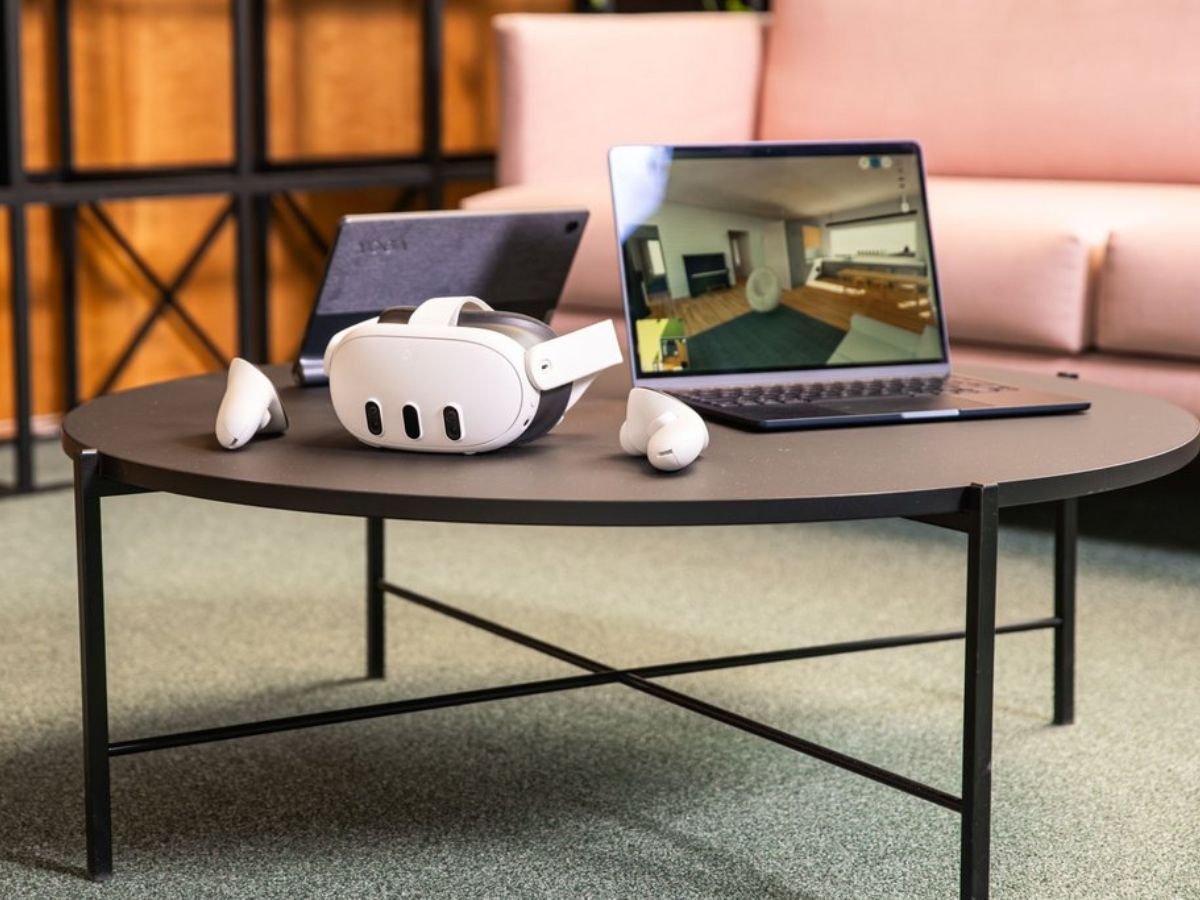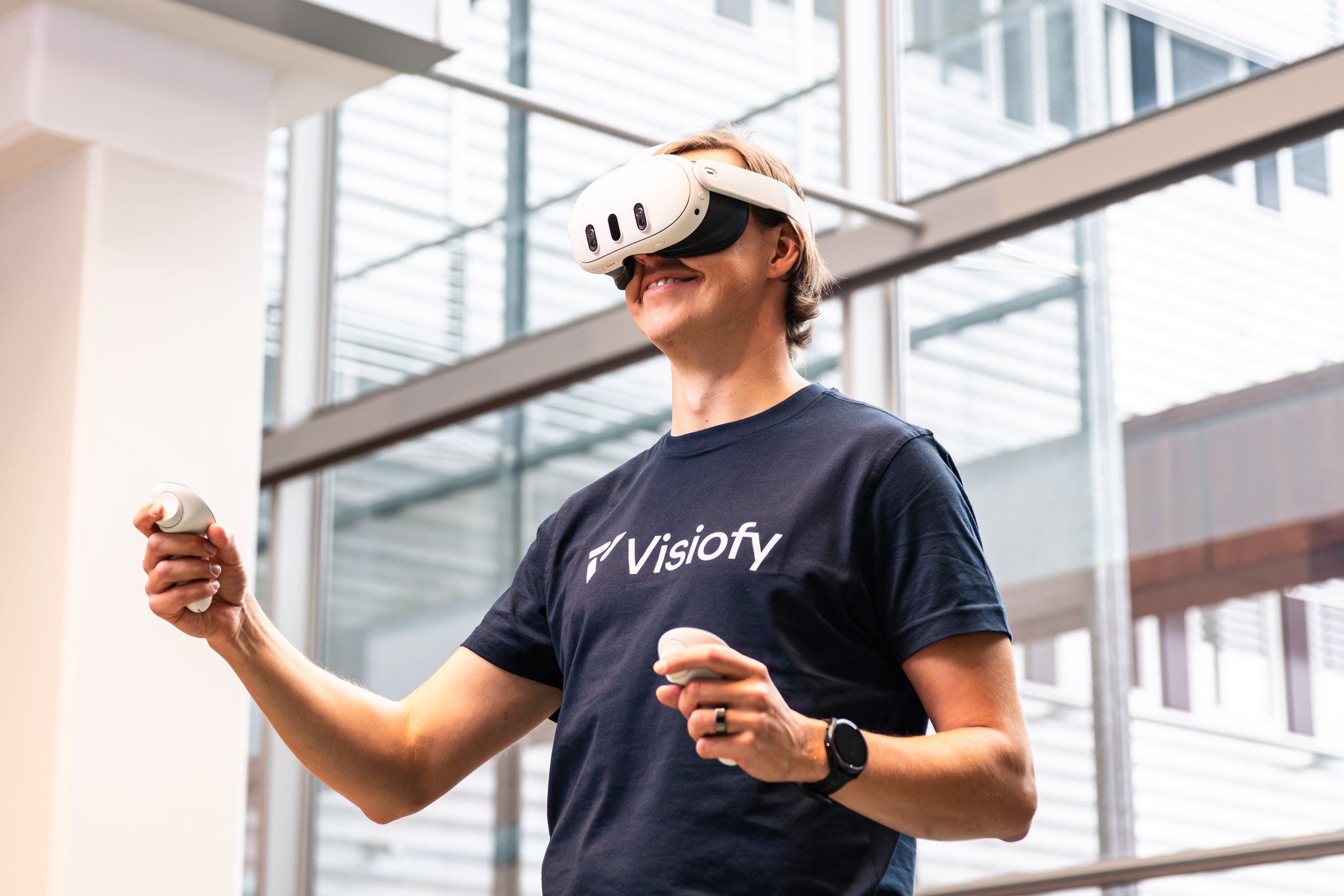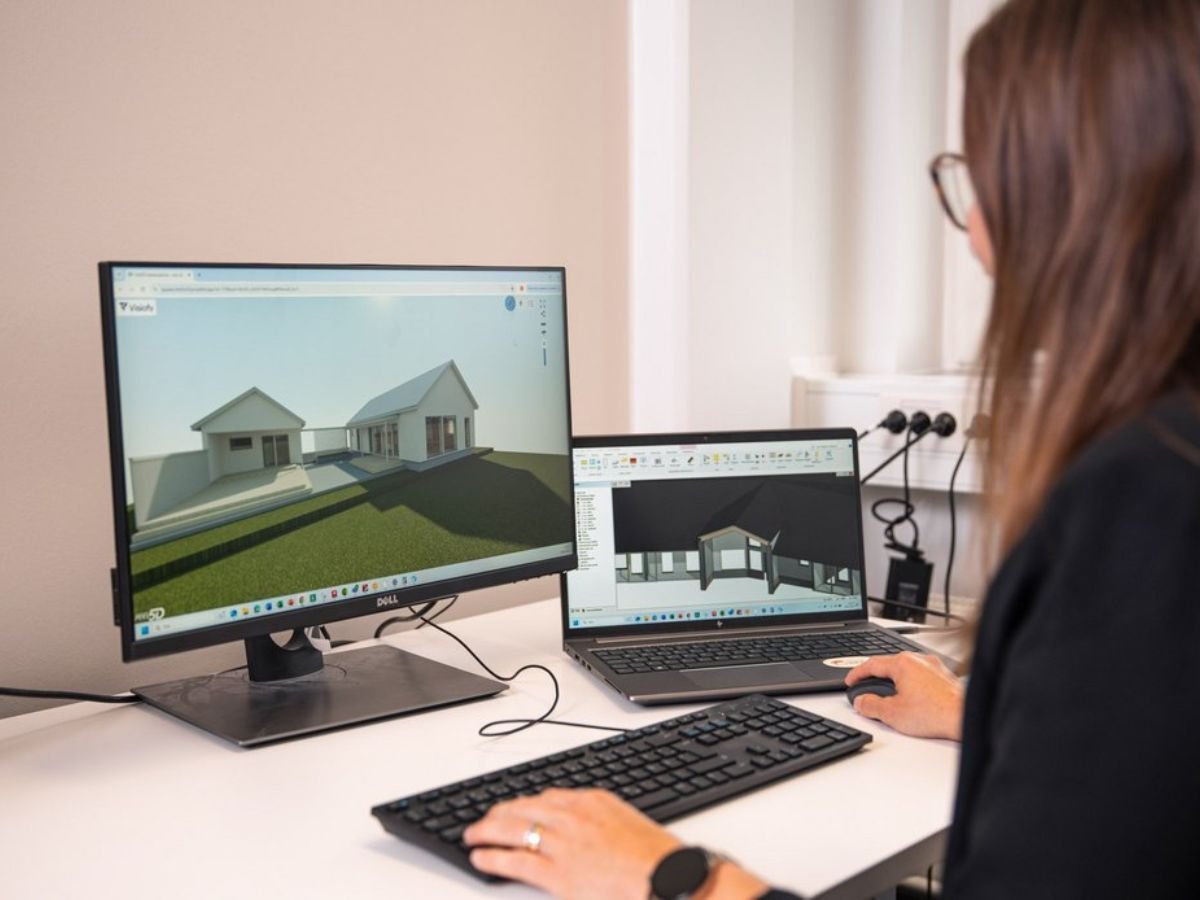
Virtual walkthrough vs render - What's the difference?
You’ve got a beautiful design. You’ve built the model. Now you’re ready to show it off — but how?
Should you stick with traditional renders? Or take it a step further and offer a virtual walkthrough?
Both are useful tools for presenting unbuilt architecture, but they serve very different purposes. In this guide, we’ll break down the key differences between renders and walkthroughs, so you can decide when (and why) to use each — or how to combine them for maximum impact.
What Is a Render?
A render is a static image — often photorealistic — that shows a single moment or angle of your design. Think of it as a still frame from an architectural film. You choose the perspective, lighting, material finishes, and atmosphere.
Renders are great for:
-
Marketing visuals and brochures
-
Hero images on a project page or portfolio
-
Setting mood, tone, and design intent
-
Social media posts or printed presentations
Pros:
-
High visual impact
-
Focused, curated presentation
-
Can be stylized for different audiences
Cons:
-
Limited to fixed viewpoints
-
Doesn’t show flow, scale, or sequence
-
Can feel abstract to non-designers
Want to improve your layout and presentation?
Read: Graphic Design Tips for Architectural Portfolios
What Is a Virtual Walkthrough?
A virtual walkthrough lets someone explore your project interactively — walking through rooms, experiencing transitions, and seeing the design in human scale. It’s a real-time, immersive experience, either in a browser or VR headset.
With tools like Visiofy, walkthroughs don’t require heavy software or game engines. You simply upload your model and share a link.
Walkthroughs are ideal for:
-
Off-plan client presentations
-
Job applications or design competitions
-
Online portfolios (via link or embed)
-
Helping people understand layout and scale intuitively
Pros:
-
Full spatial experience
-
Communicates scale, circulation, and hierarchy
-
Highly engaging and memorable
Cons:
-
Requires 3D model prep
-
Less stylized than high-end renders
-
Some clients may still prefer static visuals
Learn how easy it is to get started:
Getting Started with Visiofy: A Beginner’s Guide
When to Use One vs the Other
| Use Case | Renders | Walkthroughs |
|---|---|---|
| Printed brochure or PDF | ✅ | ❌ (works as a QR code) |
| Explaining layout and flow | ❌ | ✅ |
| Quick social media visual | ✅ | ❌ |
| Client decision-making | ⚠️ Sometimes | ✅ Always |
| University application | ✅ | ✅ Bonus |
| Job portfolio | ✅ | ✅ (for digital edge) |
| Marketing a development | ✅ | ✅ Combine both |
Why Not Use Both?
The real power comes from combining renders and walkthroughs.
Start with a high-quality still to set the scene, then let your audience step inside with a virtual model. It shows you’re not just a good designer — you’re a communicator who understands how to bridge the gap between concept and experience.
You can:
-
Embed a walkthrough on your website or Issuu
-
Add a QR code to your PDF portfolio
-
Link a Visiofy tour from your Behance or Archinect project page
Related: Best Platforms to Build and Share an Architecture Portfolio
Final Thoughts
Renders capture a moment.
Walkthroughs capture the experience.
Both are valuable. But in 2025, interactive presentations are becoming the norm — not the exception. If you want your work to stand out, communicate clearly, and connect with clients or juries, virtual walkthroughs are a game-changer.
You might also like to read:
Virtual Tour Home Experience: The Complete Guide to 3D Walkthroughs for Residential Spaces



